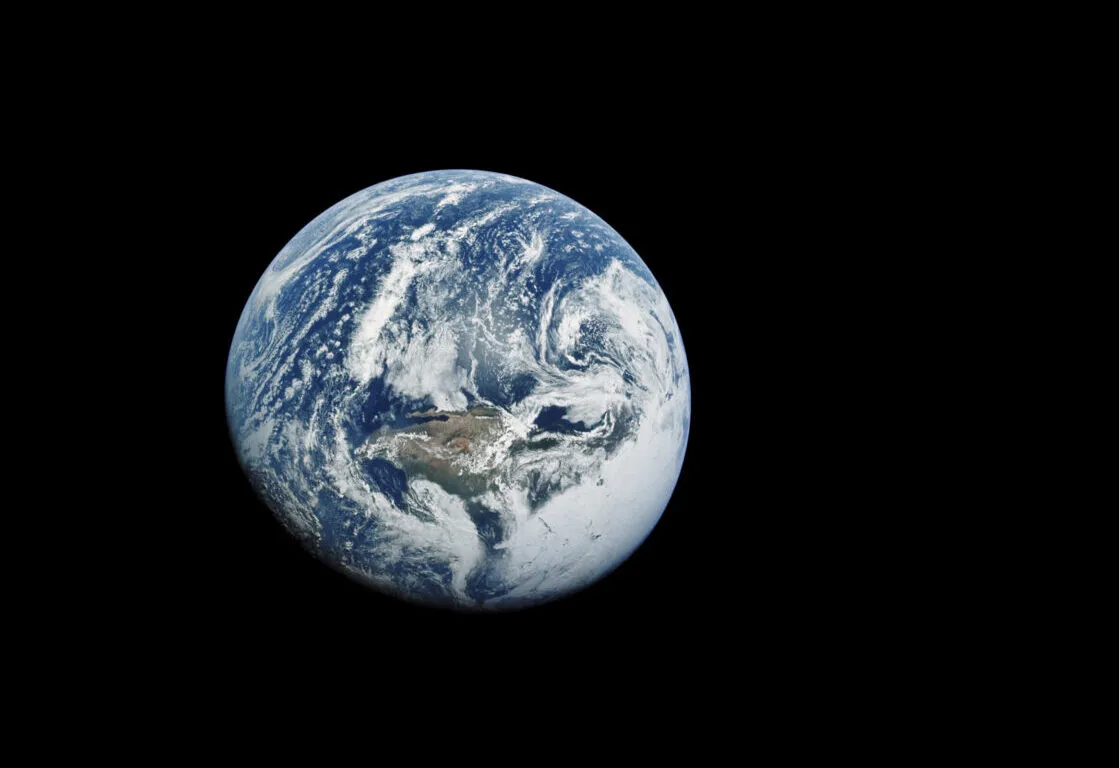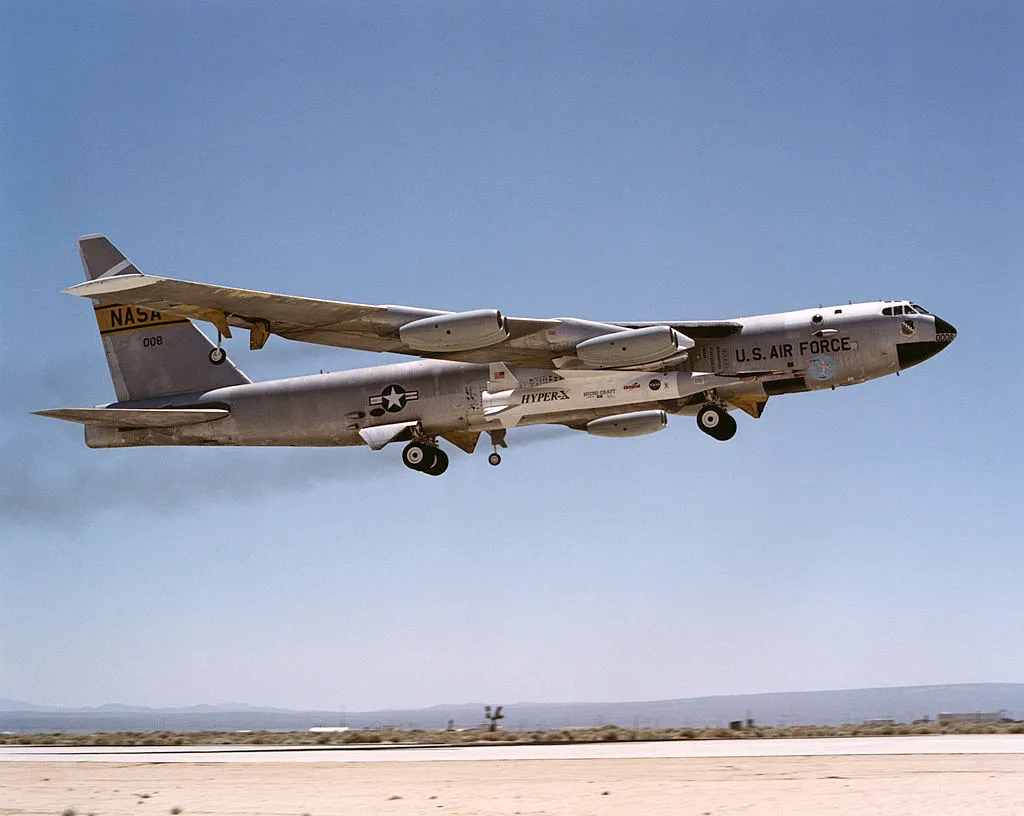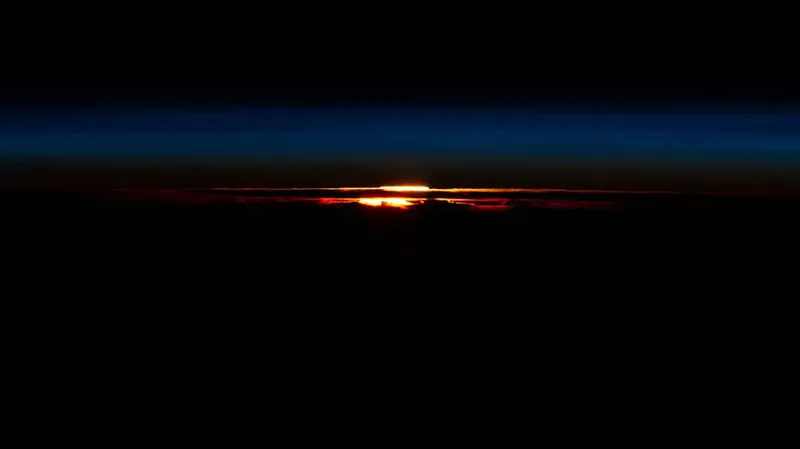If you wanted to travel around the world without stopping, how long would it take you?
Earth is the fifth largest planet in the Solar System and has a circumference of 40,070 km (24,898 miles) according to measurements by orbiting spacecraft.
Its radius is 6,378 km (3,963 miles), making its diameter 12,756 km (7,926 miles).

Interestingly, these figures only apply to equatorial travel: as Earth is not a perfect sphere, its polar radius is slightly less, at 6,357km (3,950 miles).
For purposes of around the world travel, we’ll assume you want to follow in the footsteps of Phileas Fogg and make the journey around Earth’s equator.
For ease of calculation, we’ll also assume that Earth is solid, replacing the oceans that make up 70% of the planet’s surface with walkable or drivable ground.
See images of Earth from space
How long to walk around the Earth

If you were to walk around the world at an adult’s average walking speed of 4.82 km/h (3 mph) it would take you roughly 8,313 hours and 20 minutes.
That’s just shy of a full year of non-stop walking.
The current world-record holder for speed-walking 50km, Yohann Diniz, crossed the distance in 3 hours, 32 minutes and 33 seconds. If he could keep that speed up, he could walk around the Earth in around 2,839 hours.
But, given the longest recorded time any human has gone without sleeping is 264 hours, you might want to try driving instead.
If, say, you could drive around the equator at a constant speed of 100 mph (160 kph) it’d take you about 250 hours, after which you’d need a long sleep.
How long to fly around the Earth

Jules Verne’s protagnoist in Around the World in Eighty Days made his journey nearly 30 years before the Wright brothers flew the first airplane.
Now, commercial passenger planes have a cruising speed of between 575-600 mph (925-965 km/h).
This means you could fly around the Earth in less than 42 hours (and avoid being imprisoned, drugged and all else that Phileas Fogg and his friends had to go through).
But what if you wanted to travel around the Earth in under 24 hours? To cover 40,070km in a single day, you’d have to travel at 1,670 km/h.
That’s faster than the speed of sound, which is 1,225 km/h (761.2 mph) according to NASA. You’d need a supersonic jet to make your journey.
The fastest jet-powered aircraft ever created was the NASA X-43, which was recorded at speeds of Mach 9.3, or 9.3 times the speed of sound.

That’s a speed of 11,484 km/h (7,136 mph), which would see you around the world in just under 3.5 hours.
Unfortunately, X-43s were uncrewed aircraft and all were destroyed or crash-landed in the 2000s.
Still in existence, though, is the Mikoyan-Gurevich MiG-25. This fighter jet first flew in 1970, but versions of the MiG-25, or ‘Foxbat’, are used today by the Syrian Air Force.
The Foxbat is capable of Mach 3.2, which would get you around the Earth in just over 10 hours.
Now, if you were capable of travelling at the speed of light – 300,000 km per second (186,000 miles/sec) you’d be able to zoom around the globe seven times in a second!
Famous around-the-world trips

Jules Verne’s 1872 book inspired many to travel around the world, though there were circumnavigations before it.
Between 1577 and 1580, Sir Francis Drake took 1,018 days to voyage around the globe, though the real reason for his expedition was to raid Spanish ports and settlements.
The current world record holder for the fastest circumnavigation on foot is Serge Girard, who took 434 days to travel 26,245 km.
In 1995, Concorde made history and flew around the Earth in 31 hours and 27 minutes, carrying 98 passengers and crew.

Outside of our atmosphere, the International Space Station can travel the circumference of the Earth in about 90 minutes. This means that for every 24 hours the crew spend on board, they’ll see 16 sunrises and sunsets.
And of course, we can’t forget the earliest circumnavigator: our Moon, which makes the regular journey every 27.3 days.
